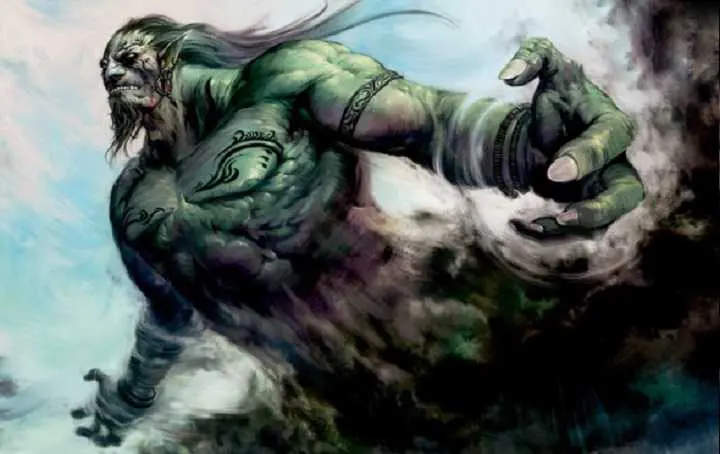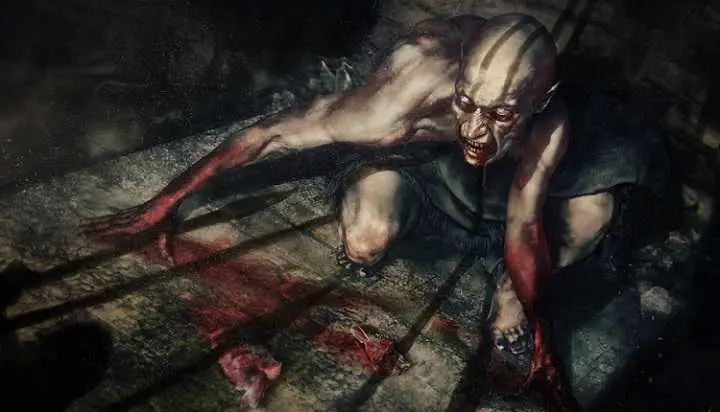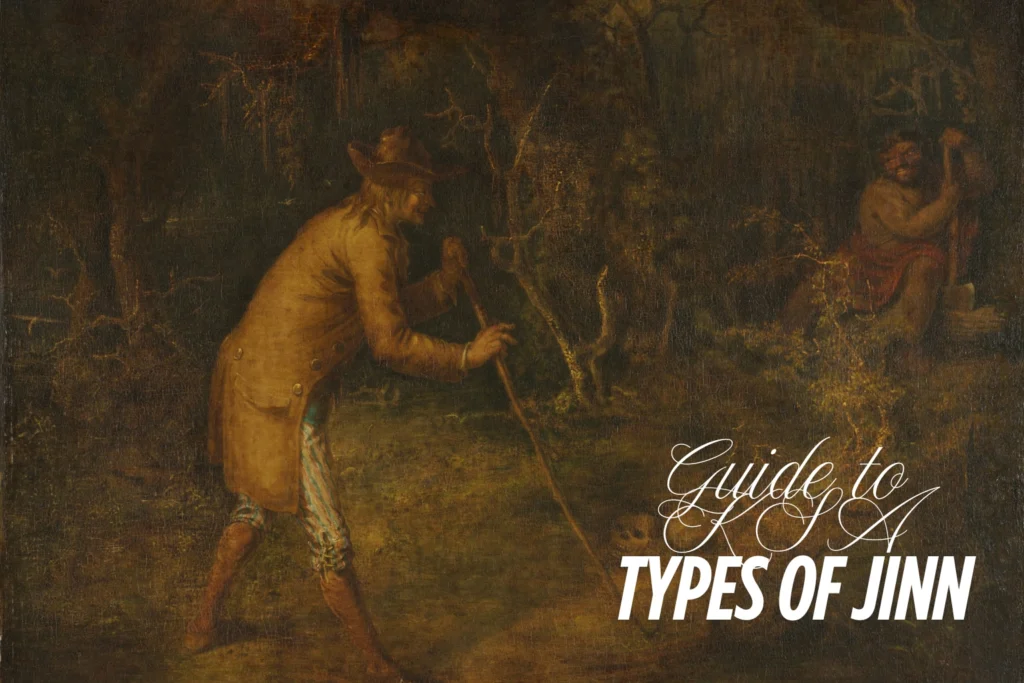The concept of jinn, or unseen spiritual beings, is a fundamental part of Islamic theology. These entities, created from smokeless fire, are believed to coexist with humans on Earth, occupying a parallel realm. While the jinn world remains largely mysterious, Islamic scholars and traditional sources have meticulously documented the various classifications and attributes of the different types of jinn.
Types of Jinn
1. Hinn (هين)
The Hinn jinn are closely associated with the animal kingdom, often manifesting in the form of dogs. According to a hadith narrated by Prophet Muhammad (peace be upon him), the Hinn jinn are one of the three main classes of jinn, alongside those that fly and those that reside in specific locations. These jinn are considered to have a lower intelligence compared to other types, with a strong affinity for the animal world.

2. Ghoul (الغول)
The Ghoul is a shape-shifting, cannibalistic, and blood-drinking types of jinn. These malevolent creatures are known to feed on the flesh and blood of human beings, particularly targeting travelers, children, or even stealing corpses from graves. Ghouls are often depicted as horrific, beast-like entities in Islamic folklore, instilling fear and dread in those who encounter them.
3. Jann (جان)
Jann jinn are shapeshifters who commonly appear as whirlwinds or white camels in the desert. They are considered the natural enemies of the Ghoul and are more open-minded towards interactions with humans. Interestingly, Jann jinn are believed to be among the first jinn encountered by humans and are capable of either hiding or revealing oases in the desert, making them both beneficial and potentially dangerous.
4. Marid (مارد)
Marid jinn are described as vast and extraordinarily powerful creatures, with abilities that surpass those of other types of jinn. They are mentioned in pre-Islamic Arabian mythology and are sometimes referred to as “giants” in Arabic. While Marid jinn possess free will, they can be compelled to perform tasks or chores through the use of magic and incantations.

5. Ifrit (إفريت)
Ifrit types of jinn are known as cunning and powerful infernal creatures, often depicted as enormous winged beings made of fire. They are said to reside in underground societies structured along ancient Arab tribal lines and can form marriages with both jinn and humans. Ifrit jinn are considered ruthless and wicked, and humans may employ magic to enslave or even kill them.
6. Shiqq (شق)
Shiqq jinn are a weaker types of jinn, characterize by their half-formed, monstrous appearance. The name “Shiqq” in Arabic means “split,” referring to their asymmetrical and incomplete physical form.
7. Nasnas (نسناس)
Nasnas jinn are hybrid creatures, the offspring of Shiqq jinn and human beings. They are described as having a half-human, half-animal form, often with a single head, arm, and leg, resembling a grotesque, hopping figure.
8. Palis (باليس)
Palis jinn are known for inhabiting deserts and attacking sleeping people by licking the soles of their feet, draining their blood. These types of jinn are considered to be of low intelligence and can be easily deceived or fooled by those who are aware of their predatory nature.
9. Si’lat (صلات)
Si’lat jinn are brilliant shape-shifters, capable of quickly mimicking human appearance. They are also part of Persian folklore and have been associated with the misinterpretation of Mongolian warriors, leading to their inclusion in the jinn taxonomy.

10. Shaitaan (الشيطان)
Shaitaan, or Satan, is the most well-known mischievous and evil jinn, as confirmed by the Quran and hadith. Iblis, the jinn who refused to bow to Prophet Adam, is considered a type of Shaitaan.
While the term “Shaitaan” is often used interchangeably with “Iblis,” they are not entirely synonymous, as Iblis is a specific individual within the broader category of Shaitaan.
11. Zuzula Clan (زوزولا)
The Zuzula clan of jinn is a highly dangerous and perilous group of creatures residing in the underworld. They are described as possessing wings, horns, and sharp claws, capable of causing chaos and destruction for anyone who dares to cross their path. Sare, a particularly formidable jinn, is a famous member of the Zuzula clan, often portrayed as a villainous figure in horror stories and folklore.
Conclusion
The rich tapestry types of jinn realm, as depicted in Islamic teachings, is a testament to the depth and complexity of this unseen spiritual world. From the animalistic Hinn to the powerful and cunning Ifrit, each types of jinn possesses unique characteristics, abilities, and roles within the larger jinn cosmology.
By exploring these diverse classifications, we gain a deeper understanding of the intricate and mysterious realm that coexists with our own.


